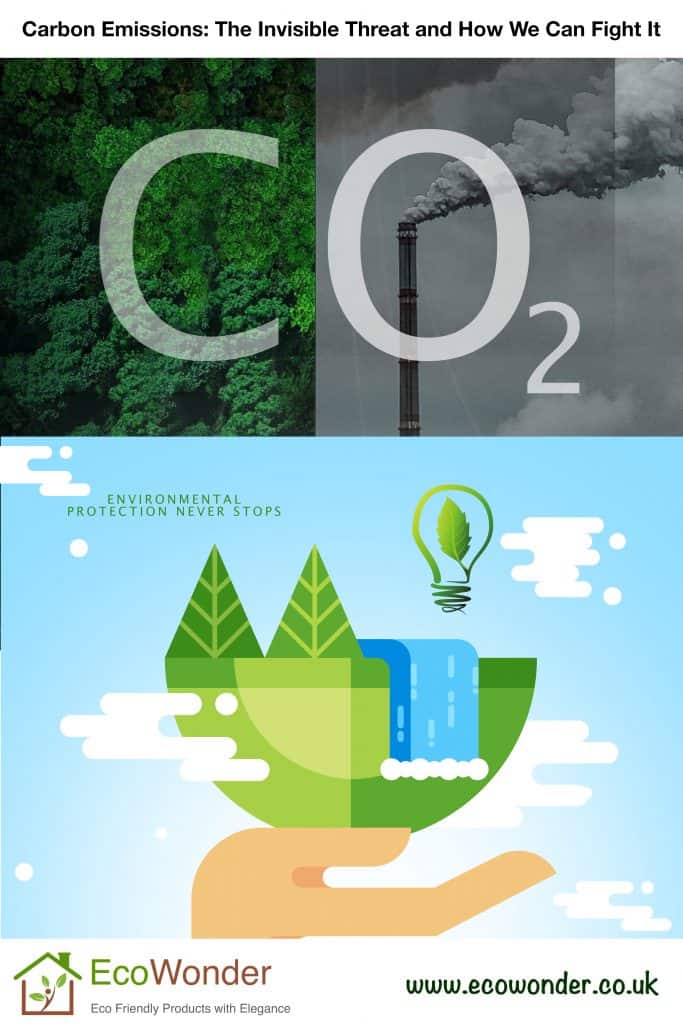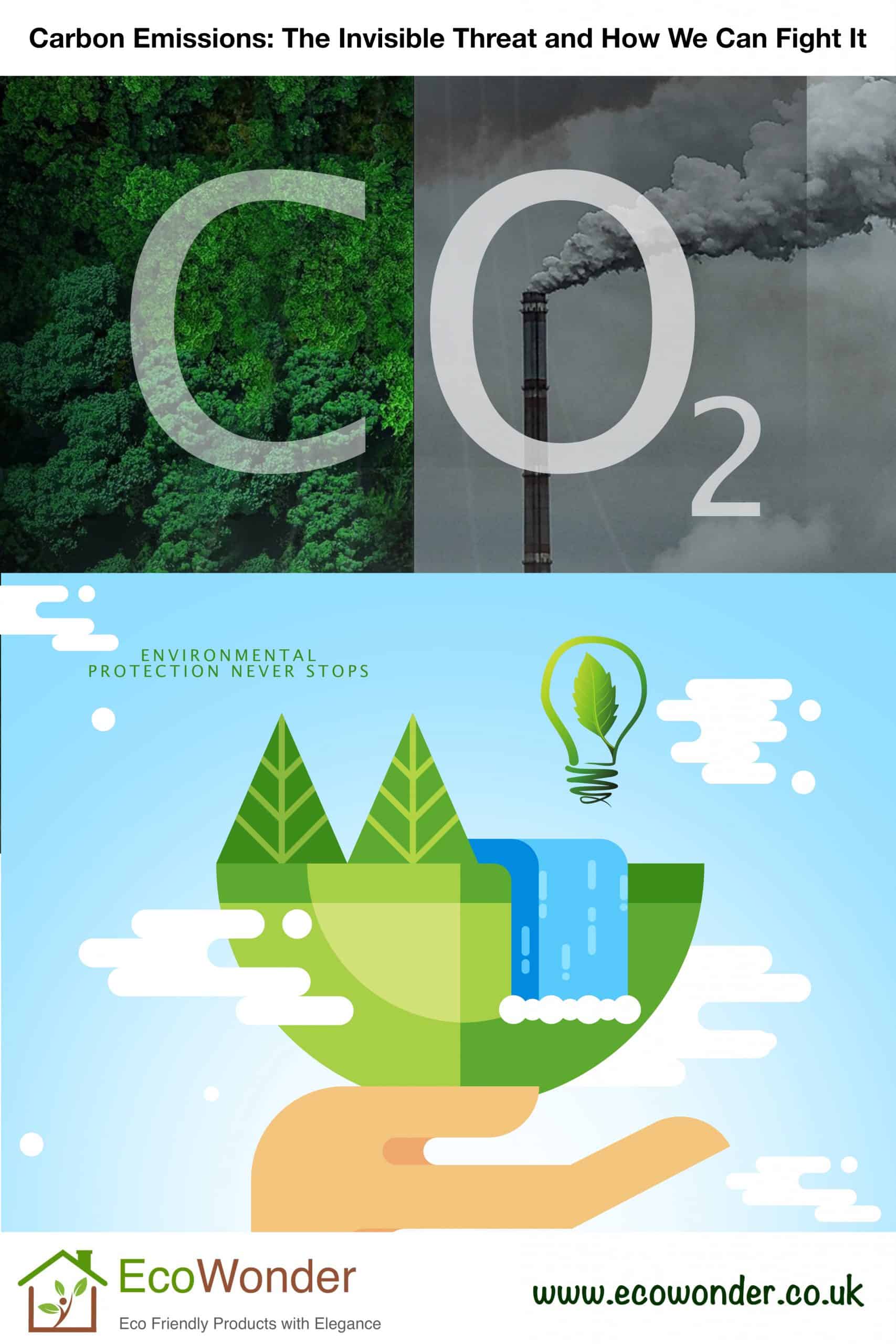In recent years, the term “carbon emissions” has become synonymous with conversations about climate change, environmental sustainability, and global efforts to curb ecological damage. We hear about it in the news, on the internet, and even in the daily discussions. But what exactly are carbon emissions, why is it so important to reduce them, and what practical steps can we take to mitigate their impacts?

What Are Carbon Emissions?
Carbon emissions refer to the release of carbon, primarily in the form of carbon dioxide (CO₂), into the atmosphere. These emissions occur because of human activities, especially the burning of fossil fuels like coal, oil, and natural gas for energy production, transportation, and industrial processes. Other greenhouse gases, such as methane (CH₄) and nitrous oxide (N₂O), also contribute to climate change, but carbon dioxide remains the most prevalent.
Carbon emissions are natural to some extent, as they also come from respiration and decomposition. However, human-induced emissions, especially since the Industrial Revolution, have far exceeded the Earth’s natural ability to absorb and neutralize them. This excess CO₂ is what drives the current climate crisis.
Why Is Reducing Carbon Emissions Crucial?
The link between carbon emissions and climate change is clear: when CO₂ is released into the atmosphere, it traps heat from the sun, creating a “greenhouse effect.” This leads to global warming, which in turn causes glaciers to melt, sea levels to rise, and weather patterns to become more extreme and unpredictable. Left unchecked, these changes could result in catastrophic consequences for ecosystems, human health, and economies worldwide.
Reducing carbon emissions is crucial for several reasons:
- 1. Mitigating Climate Change: Lowering CO₂ levels can help slow the rate of global warming and reduce the intensity of its effects, especially extreme weather and climate events, such as heatwaves, heavy precipitation, drought, tornadoes, and floods.
- 2.Protecting Ecosystems: Excessive carbon emissions lead to ocean acidification and threaten biodiversity. Coral reefs, forests, and many animal species are at risk if carbon levels continue to rise.
- 3. Improving Public Health: Fossil fuel combustion not only emits CO₂ but also releases harmful pollutants that affect air quality. Reducing carbon emissions means cleaner air and a decrease in respiratory diseases, heart conditions, and other health issues.
- 4. Supporting Economic Stability: Climate change has direct economic impacts. Natural disasters, droughts, and other climate-induced events can damage infrastructure, disrupt agriculture, and lead to significant financial losses. Acting now to restrain emissions is a cost-effective way to prevent more expensive problems in the future.
How to Fight the Carbon Emissions Threat?
Reducing carbon emissions requires collective action across multiple sectors of society, including government, businesses, and individuals. Here are some practical steps we can take to reduce our own carbon footprint:
- 1. Transition to Renewable Energy: One of the most significant contributors to carbon emissions is the burning of fossil fuels for energy. Switching to renewable sources like solar, wind, and hydropower can dramatically reduce the carbon footprint of energy production. Governments and companies must invest in clean energy technologies and phase out reliance on coal, oil, and gas.
- 2. Improve Energy Efficiency: Reducing energy consumption is an immediate way to cut emissions. Simple measures like insulating homes, using energy-efficient appliances, and improving industrial processes can make a significant difference. Encouraging energy conservation through smart grids, electric vehicles, and public transportation also helps.
- 3. Adopt Sustainable Agricultural Practices: Agriculture is another major source of emissions, especially methane from livestock and CO₂ from land-use changes. Sustainable farming practices, such as regenerative agriculture, reforestation, and reducing food waste, can help minimize the impacts.
- 4. Support Carbon Pricing and Regulations: Policies that place a price on carbon, like carbon taxes or cap-and-trade systems, can incentivise businesses to reduce their emissions. Governments should also strengthen regulations on emissions standards and support international climate agreements like the Paris Accord.
- 5. Make Lifestyle Changes: On an individual level, everyone can contribute by making more sustainable choices. Reducing meat consumption, opting for plant-based diets, choosing energy-efficient transportation, minimising air travel, and reducing waste are all actions that can lower one’s carbon footprint.
Carbon emissions are at the heart of the climate crisis, but they also hold the key to its solution. By understanding the sources of emissions and recognizing the importance of reducing them, we can make informed decisions—both individually and collectively—that pave the way for a more sustainable future. The challenge is enormous, but with concerted effort, we can slow the pace of climate change, protect ecosystems, and ensure a liveable planet for generations to come.






